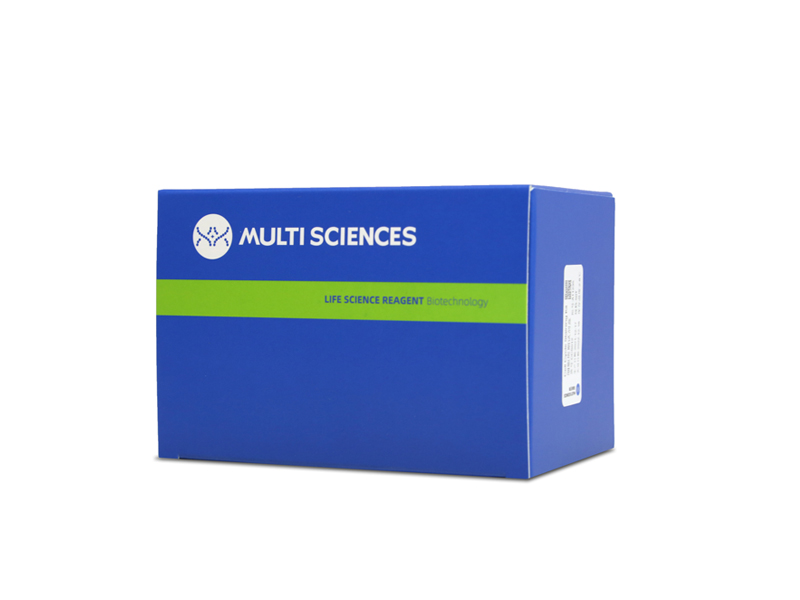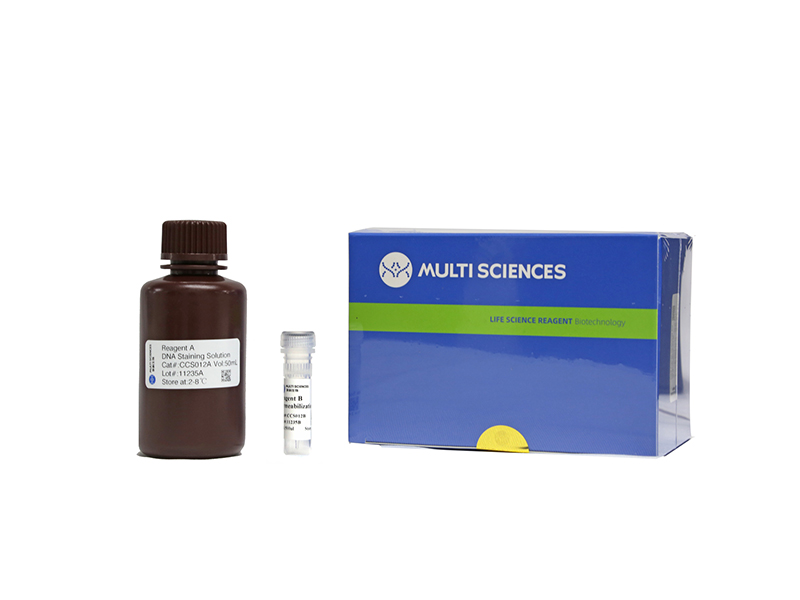Diffuse large B?cell lymphoma (DLBCL) is the most common subtype of non?Hodgkin's lymphoma. Despite improvements in the clinical outcomes of DLBCL, ~30% of patients will develop relapse/refractory disease. Therefore, novel therapeutic drugs have been investigated to improve disease outcomes. Previous studies have revealed the anticancer effects of quinacrine (QC) on tumor cells in?vitro, although its role in human DLBCL is yet to be identified. The present study sought to examine the cytotoxic effect of QC on DLBCL cells. QC induced G0/G1 cell cycle arrest and apoptosis in the DLBCL cell lines SU?DHL?8 and OCI?LY01, in a dose?dependent manner, in addition to the downregulation of cyclin?dependent kinase 4/6 and the upregulation of cleaved poly?ADP ribose polymerase 1. Upon exposure to QC, RNA?binding protein Musashi homolog 2 inactivation and activation of protein numb homolog were observed. In addition, QC was able to inhibit the expression of Myc proto?oncogene protein. The results of the present study indicated that QC may be a potential anti?DLBCL drug.
文章引用产品
-
-
- CCS012
- 周期试剂盒
Cell Cycle Staining Kit 细胞周期检测试剂盒
-
¥390.00
-
- CCS012
- 周期试剂盒
Cell Cycle Staining Kit 细胞周期检测试剂盒
- ¥390.00



